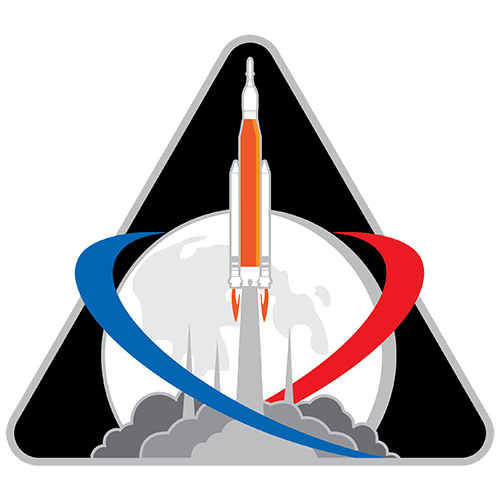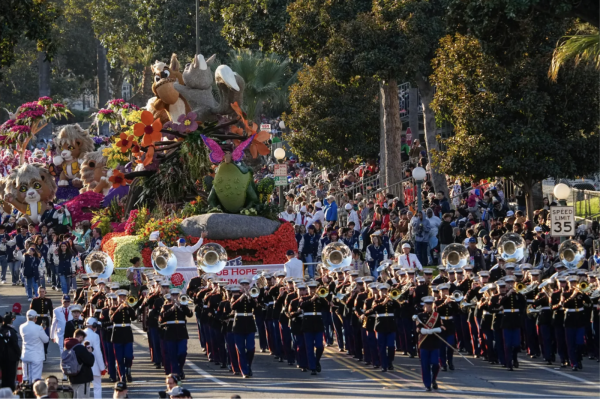NASA: Artemis

Photo Courtesy of NASA
On July 20, 1969, Neil Armstrong and Buzz Aldrin made touchdown upon the lunar surface in the Lunar Module Eagle. With that “One small step for man, one giant leap for mankind”, humanity had expanded its horizons forever. Since Apollo 11, 24 astronauts have been sent on Apollo missions for lunar landings and a mere 12 have walked on the Moon. The Apollo missions were discontinued in 1972 after Apollo 17 left the Moon. In the past 50 years, NASA and other space agencies have been working around the clock, building Mars rovers, the Hubble and Webb Telescope, as well as the International Space Station. Now, NASA is planning to return to the Moon in the Artemis program and use the new set of lunar landings to advance attempts to bring people to Mars.
Since the Apollo missions, NASA developed new ideas such as the Space Launch System(SLS), which is the most powerful rocket in existence. In the Artemis mission, NASA will test these technologies inspace. If these inventions perform well, NASA’s goal to reach Mars or to establish a permanent base on the Moon will be much more attainable. On the Moon, astronauts will conduct studies and experiments to gather evidence on how the Moon formed as well as the history of the Earth. With the evidence, humans will have a better understanding of our planet, its origins, and how it aligns with our solar system.
The Artemis program originally planned for its mission in three parts, named Artemis I, II, and III. Artemis I, the uncrewed test for the Orion spacecraft and SLS was intended to launch by August 29, 2022. However, the test was delayed to September 6th, and then again to September 19th due to a leak of liquid hydrogen after a valve caused the pumps to become overpressurized. As of the writing of this article, another launch on September 27th has been canceled due to tropical storm Ian. NASA is troubleshooting these issues before the test launch date and have addressed multiple issues already. However, there are only narrow windows of time when the Moon lines up with Earth, and Florida weather could easily complicate launches. If the Moon is not aligned from launch point, the spacecraft will not have a direct path to the Moon. Despite these complications, NASA officials state that delays do not indicate significant problems with the rocket itself, but rather improvements upon design. These statements are backed up with other successful NASA designs such as the Space Shuttle which also underwent numerous delays for issues.
If Artemis I goes to plan, NASA hopes to launch Artemis II in 2023 or 2024. Artemis II would follow Artemis I’s flight path, but have astronauts aboard. Astronauts have been picked from a crew of candidates for the Artemis program and currently undergo training. Later this decade, Artemis III would launch towards the Moon, carrying the first woman to the Moon. Two of the crew of Artemis III would land on the lunar surface and spend a week setting up for NASA’s long term missions.
Among these missions would be a permanent lunar base. A lunar base would bring many benefits to NASA’s research and Mars missions. First off, a lunar base would provide a base for humans to explore the Moon more thoroughly and learn about its formation, age, and composition. It would also allow NASA to study more thoroughly how astronauts would react to time in a different level of gravity than Earth’s. Any Mars mission would need to stay at Mars for a prolonged period of time due to how Earth and Mars’ orbits compare. By setting up a base on the Moon first, NASA will learn the challenges that a Mars mission would accompany and be able to prepare for the eventual space mission to Mars.
Other countries are launching similar plans to the Artemis program reaching the Moon could boost a nation’s influence in space. Russia and China have joined together to build a Moon base independent of NASA. India will send the rover Chandrayaan-3 to the side of the Moon opposite of Earth and send images of the area. Meanwhile, the Japanese Space Agency will send a miniature rover to explore the Moon’s craters. Alongside this rover will be another rover from the United Arab Emirates, which will put the UAE in one of four nations that had soft-landed a spacecraft on the Moon. The final nation joining this space exploring crew is South Korea, which will be sending its first ever flight to the Moon.
The Artemis program will be a stepping stone for humanity’s next steps through space. The research done and innovations used will further our understanding of the universe and origins of our solar system. Wherever Artemis leads next, we can remember the words Eugene Cernan, the last man to walk on the Moon with Apollo 17, “As we leave the Moon and Taurus-Littrow, we leave as we came, and, God willing, we shall return, with peace and hope for all mankind.”
Grade: 10
Years on Staff: 3
Why are you writing for the Flintridge Press?
I've really enjoyed researching and writing for the Flintridge Press...








